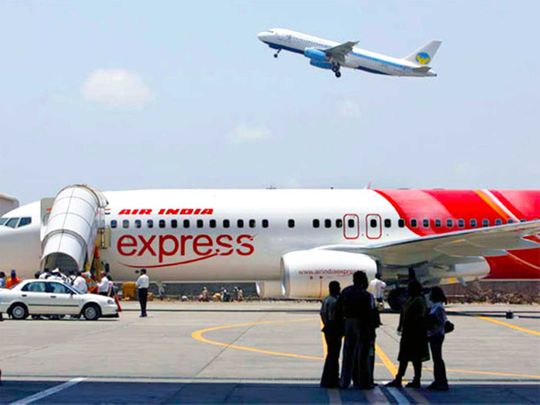
Mumbai: Boeing and Airbus are in talks with the new owners of Air India about an order for a raft of new planes, according to people familiar with the matter.
Tata Sons, which acquired the debt-laden airline from the Indian government last month, has begun talks with the planemakers and lessors for jets including Airbus A350-900s and Boeing 787-9 Dreamliners.
The talks are at a preliminary stage, with Tata Sons assessing the right fleet mix and no decisions taken yet on aircraft type or order size, according to the people. The carrier is in discussions for new Airbus or Boeing narrow-body jets that form the mainstay of Air India’s domestic and short-haul operations, as well as wide-body aircraft capable of flying as far as the US, the people said.
Ramping up Air India
Modernizing Air India’s fleet is crucial for the Tata Group, which last month won control of the struggling carrier after bidding an enterprise value of Rs180 billion ($2.4 billion). The airline, once known for its premium services and advertisements that featured Bollywood stars, has lucrative landing and parking slots at almost all major airports around the world. But it faces stiff competition from foreign airlines with non-stop services to India, as well as carriers operating from hubs in the Middle East.
“In terms of fleet, we know we have work to do,” Natarajan Chandrasekaran, chairman of the Tata Group, told Air India employees earlier this month at an internal company briefing. “We will address it with utmost urgency.”
Air India will increase the number of aircraft it has - both wide-body and narrow-body - and will move to do that with speed in the coming months, Chandrasekaran told staff. Air India’s average fleet age is more than 10 years.
Complicated fleet
The carrier currently has 153 planes in its fleet, according to its website. That includes 49 wide-body aircraft manufactured by Boeing and Airbus, including jets from the best-selling 737 and 320 families, making it a complicated mix considering each aircraft type requires separate skill sets of pilots and crew.
A deal for 50 brand new 787-9 jets could be valued at $14.6 billion at sticker prices, although discounts are common in such large transactions. Air India, one of the world’s first buyers of the Boeing Dreamliner, operates the oldest versions of the fuel-efficient workhorse, although several of them remain grounded due to a lack of parts.
Airlines typically order jets years in advance because manufacturing capacity at planemakers is limited and getting early delivery slots remains a challenge. Demand for narrow-body jets, such as those in the A320neo and 737 Max families of aircraft, is particularly high, meaning it can take years after an order is placed to actually induct aircraft into a fleet.










